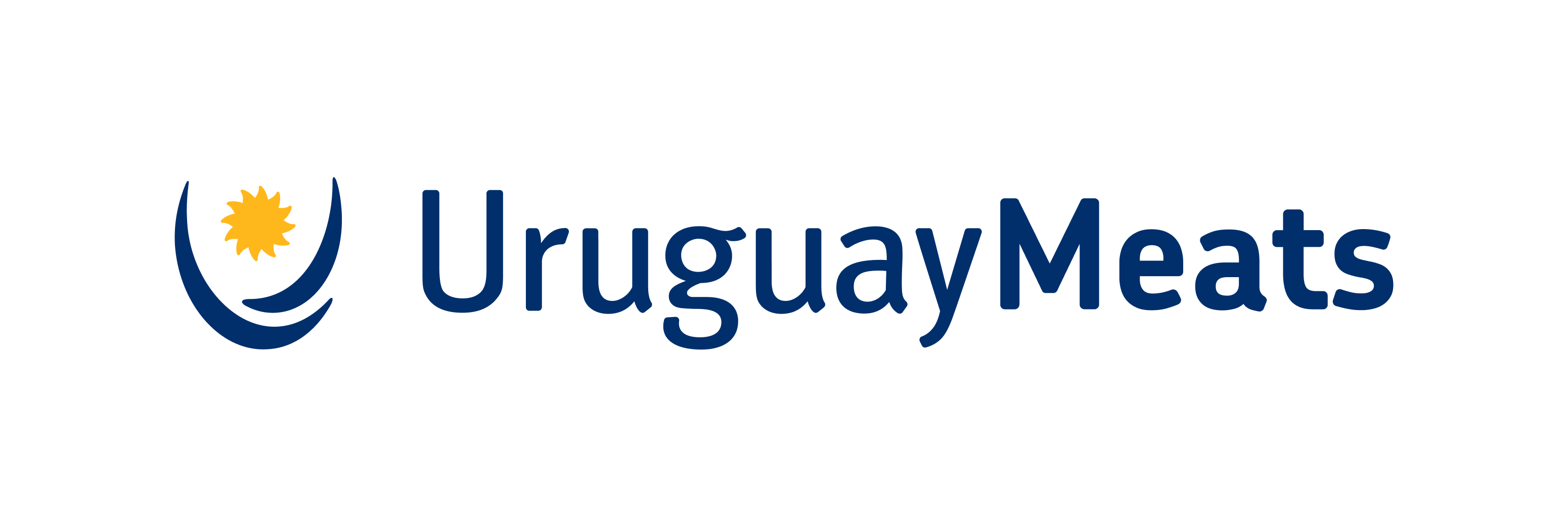The Terroir: the foundation of our breeding tradition
The best soil, the best water, the richest and most untouched vegetation and animal communities. This is how cattle ranching started in the Eastern Band of Uruguay – surrounded by grasslands, animals are kept in open ranges in ideal conditions all year round thanks to our mild winters. Pastures are available year round, with complex plant communities resilient to climate changes. A harmonious co-evolution between plants and animals.
Our terroir
Uruguay has the oldest geological formations in Latin America.
These rocks give rise to a wide variety of soils: a true mosaic. The different soils have their own identity, their character, and raison d’être in the ecosystem. Some are darker, blacker, deeper. Others are grayish or brownish, lighter, shallower. Some are rich in clay, while others contain more silt or sand.
This soil determines the uniqueness of the local vegetation. To the untrained eye, the grassland looks homogeneous: a great green mass. As you get closer and learn about it, we begin to recognize dozens or hundreds of different species, and each one is there for some reason – It is mostly owing to grasses and legumes that Uruguayan beef has a unique flavor: that of our pastures.
Pastures and water: our raison d’être
In a region crossed by large rivers and blessed by good rainfalls, water is the basis of everything. Hence, the country is called after a river: it is the country located to the east of the Uruguay River.
Everything alludes to water, starting with the Brazilian border (Rio Grande do Sul), the Argentine province of Entre Rios (the Greek word Mesopotamia), Corrientes and the Paraguay River. Water, sun, extensive plains are all you need to produce grasslands that can only be used by ruminants, who turn them into something useful.
